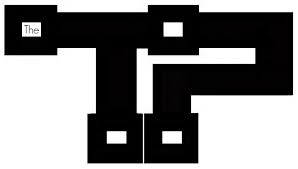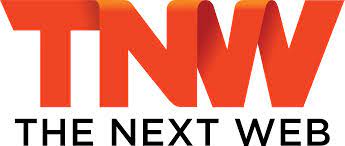Talk of the town
Our brand of innovation makes waves. We’ve been featured on:

Circus Social Rebrands as Radarr to Help Businesses Navigate Asia’s Digital Landscape
1 Aug 2021

Radarr secures US$1M to help businesses make decisions from real-time social media conversations
5 Apr 2021

Radarr Raises $1 Mn In Pre-Series A Round Led By Inflection Point Ventures
2 Apr 2021

Social media analytics start-up Radarr raises $1 million to expand to other geographies
2 Apr 2021
At Singapore’s first pandemic election, did parties do enough to win support online?
10 Jul 2020

Radarr analysis: Overall social media conversations have increased by about 22%
7 May 2020
The world’s biggest boyband raved about the airline’s business class features to their legions of fans – a PR dream for any brand
26 Nov 2019








